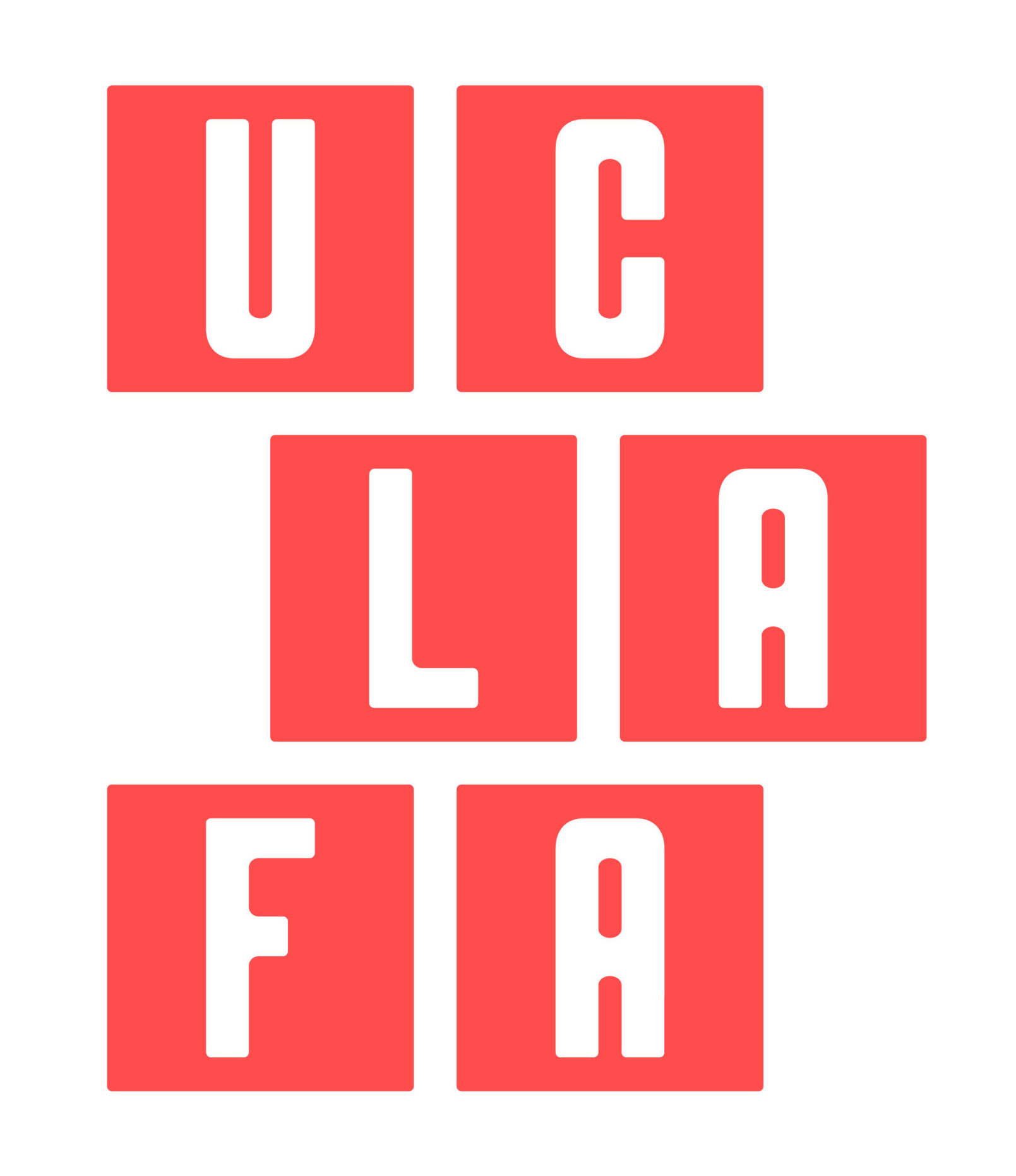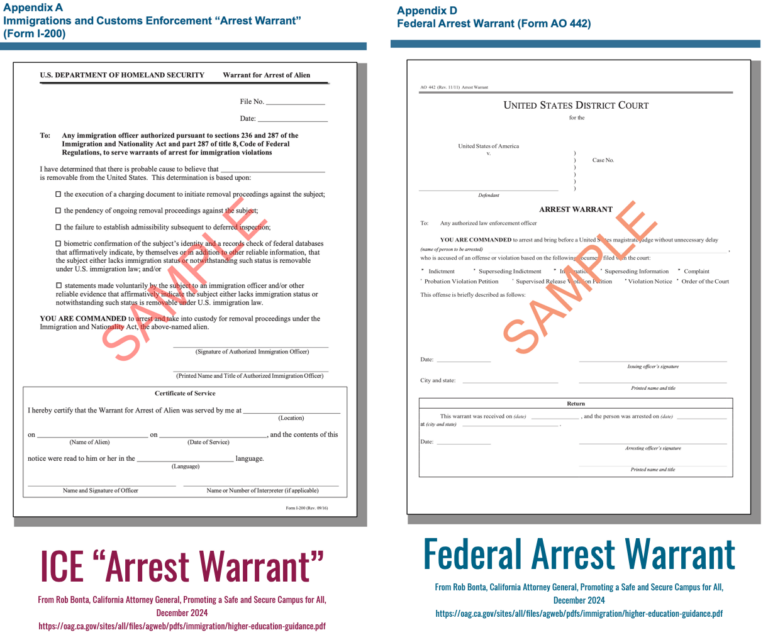UCLA Told to Get Out of the Stream
 Background: Some instructors use videos in classes for various purposes. Of course, this practice has gone on since video tapes were around. Indeed, yours truly – who was at UCLA when mammoth elephants were still walking around campus – used 16 mm films back in the day. (Anyone remember film strips?)
Background: Some instructors use videos in classes for various purposes. Of course, this practice has gone on since video tapes were around. Indeed, yours truly – who was at UCLA when mammoth elephants were still walking around campus – used 16 mm films back in the day. (Anyone remember film strips?)
However, in some classes, streamed videos are used. Basically, enrolled students go to the course website, click on the video required, and see the video (motion, sound, etc.). In effect, it is the same as going to YouTube or similar websites. You don’t download the file from YouTube typically; you just see the video in question.
Last academic year, the group described in the article below ordered UCLA to halt the practice and there was a brief episode in which classes were disrupted by the sudden unavailability of such material. UCLA then re-thought the legal issue and decided that, since course websites are visible only to enrolled students, putting up streamed videos was no different than showing the videos in class. As a result, the streaming service was restored.
Apparently, there will now be litigation over this issue.
Some non-official, non-legal advice from a non-lawyer. If you have a video file, you can make the file available to students through a course website without streaming. That is, they can download the file and look at it through various players on their computers. Of course, there is a lot of educational material available on sources such as YouTube – which is streamed.
Here is the news item (excerpt) from Inside Higher Ed today:
UCLA Sued Over Streaming of Videos
After a public copyright dispute in January, the Association for Information and Media Equipment says it has filed suit against the University of California at Los Angeles and the system’s Board of Regents. The association, a trade group that represents 16 educational media companies, objected to UCLA’s practice of allowing students to stream copyrighted videos on their course websites. Since course websites are not classrooms, the group said, the “fair use” exemptions for educational use do not apply. UCLA has said that since the course websites are password-protected, streaming videos on the site is the same as showing them in class, except far more convenient for students and professors…
Full article at http://www.insidehighered.com/news/2010/12/10/qt#245547
Some advice to the Assn. for Info and Media Equipment:
[youtube http://www.youtube.com/watch?v=o87g9sdVf9U&fs=1&hl=en_US]

